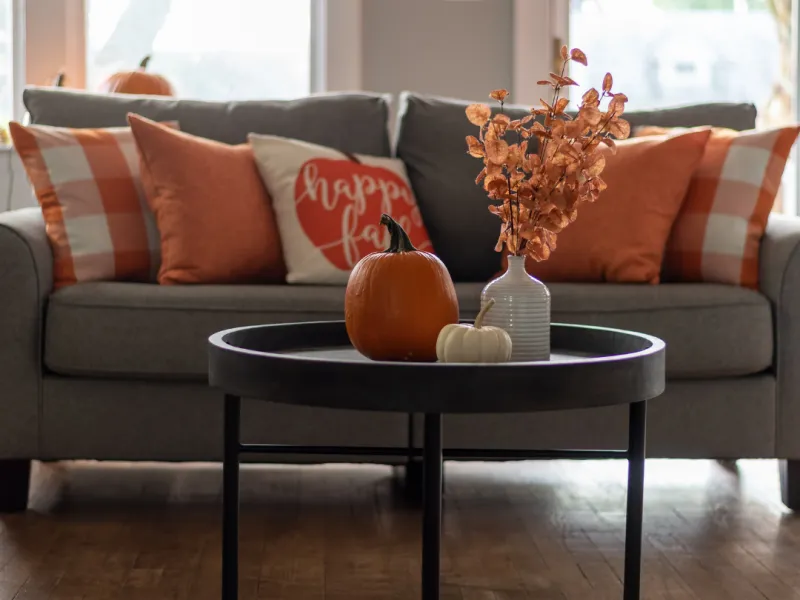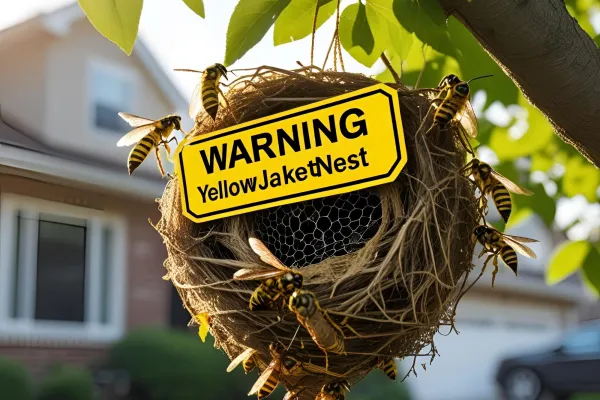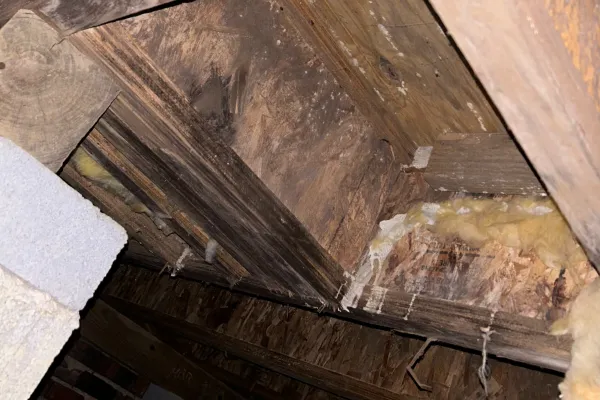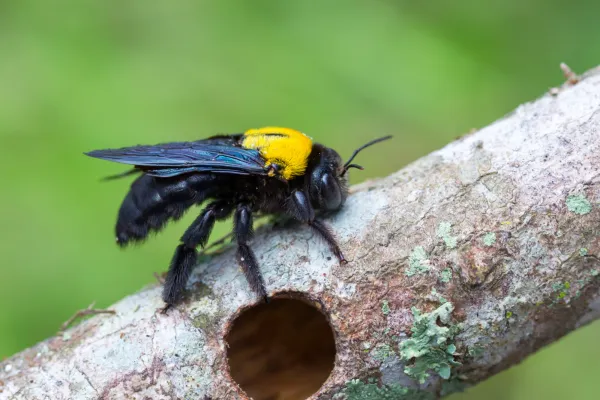Pest Proofing Your Home

As the temperature cools and we move our activities indoors, bothersome pests try to do the same. The end of summer is the best time to safeguard your home against fall pests, such as ladybugs, cluster flies, stink bugs, boxelder bugs, silverfish, spiders, centipedes, and rodents. Keep reading for some tips you, the homeowner, can do between Palmetto’s Quarterly Pest Control applications to keep your home pest-free.
Seal Your Home
- Check doors leading outside to ensure the weather stripping is in good condition; it should have a tight seal with no rips or tears. If you see light or feel air moving around the edge of the door, pests can enter your home.
- Check all door and window screens for tears or weak places, looking for faded, warped, or loose-fitting materials. Screens over ten years old are more susceptible to failing and allowing pests to enter.
- Maintain a dry, well-ventilated basement, attic, and crawl space. Pests thrive in moisture-rich environments; adding dehumidifiers in these areas can help deter unwelcome visitors. Crawl space vents and open access points should have pest-resistant screening or hardware cloth mesh secured over the openings to prevent rodents and other animals from entering your crawl space.
Around Your Home
- Keep the area around your residence free from clutter and fallen leaves. Store firewood at least 20 feet away from your home. Prune your shrubs and other vegetation a minimum of 1 foot away from your foundation and walls. Trim tree limbs at least 6 feet from the structure and roofline to discourage rodent activity.
- Block small exterior cracks and crevices by applying caulk. Focus particularly on the points where utility pipes enter your home’s structure. Hardware cloth mesh or other rodent-resistant materials should be used for holes larger than a dime.
- Don’t leave pet food bowls out for extended periods of time. Pests don’t discriminate between human and pet food. They’re happy to dive into either! On that note, make sure you clean the cooking surfaces and grease tray of outdoor grills and kitchens. The last thing you want is for the remains of your last summer barbecue to become the attractant for hungry winter rodents!
- Ensure your gutters are clean and free of debris, as they aid in redirecting water away from your residence. Remember, pests love moisture and things to snuggle up to, so keeping gutters cleaned keeps pests away.
Now that we’ve reviewed some tips let’s talk about the creatures we’re trying to keep out of our home.
Fall Pests
- Boxelder Bugs – These brightly colored bugs range from 1/16th inch as a nymph to about ½ inch as an adult. When they first hatch, they are bright red, and as boxelder bugs get larger, their coloring gradually changes to black with red or orange stripes.
- Cluster Flies – Also known as “attic” flies, they look similar to the house fly but are slightly larger. You’ll see cluster flies most often on warm days in the fall. They originally enter holes and cracks in the walls or attics of your home, looking for shelter as the temperatures drop. However, when we have a warmer fall day, the flies become confused and will exit their hiding spots in an attempt to make it outdoors. Although they seem to be multiplying, they do not reproduce in the home. They are just trying to find food and a place to rest their wings for a long winter nap.
- Stink Bugs – Originally from Asia, this pest was first noticed in Pennsylvania in 1990, yet wasn’t identified until 2001. The stink bug has a triangular-shaped grayish-brown body about 3 ⁄ 4 of an inch long. Adult stink bugs have very few natural predators. Like other pests, stink bugs enter your home around fall to find a warm place to wait out winter. The problem is, there can be hundreds in your home because they alert all their friends to come hang out! They do so by releasing a pheromone, which is undetectable to homeowners.
- Ladybugs – Ladybugs are a group of brightly-colored beetles with dark spots. These easily recognizable beetles don’t really hurt anything, but they can stain furniture and walls from their bodily secretions, especially if they are accidentally squished. Like cluster flies, ladybugs often overwinter in walls in large numbers and emerge on warm days or in the spring. The best way to get rid of them is just to gently place them outside when you find them; they are generally beneficial creatures.
- Silverfish – These wingless insects feed on carbohydrates and simple sugars naturally found in cotton, silk, and wood fibers. They can invade from outdoors or are commonly brought into homes on cardboard and paper items. Frequent vacuuming and cleaning near areas with cardboard, paper, and stored goods can help reduce their numbers.
- Rodents – These pesky critters invade attics and crawl spaces in the fall and winter when temperatures drop. Reducing clutter, keeping food sources like dog bowls and birdseed away from your structure, and sealing up cracks and holes with rodent-resistant materials can help discourage them from using your home as a residence.
In addition to those discussed here, numerous other insects are also drawn to damp environments to prevent their bodies from dehydrating. While some insects consume water droplets, most absorb moisture through their skin. This negates the need for stagnant water to maintain hydration, therefore thriving in humid surroundings. Your home is the perfect environment for them to ride out winter–it’s warm, has just the right amount of moisture, and offers many food sources.
If you’re tired of sharing your home with these pesky creatures, contact Palmetto today for a free estimate to make your home pest-free.


